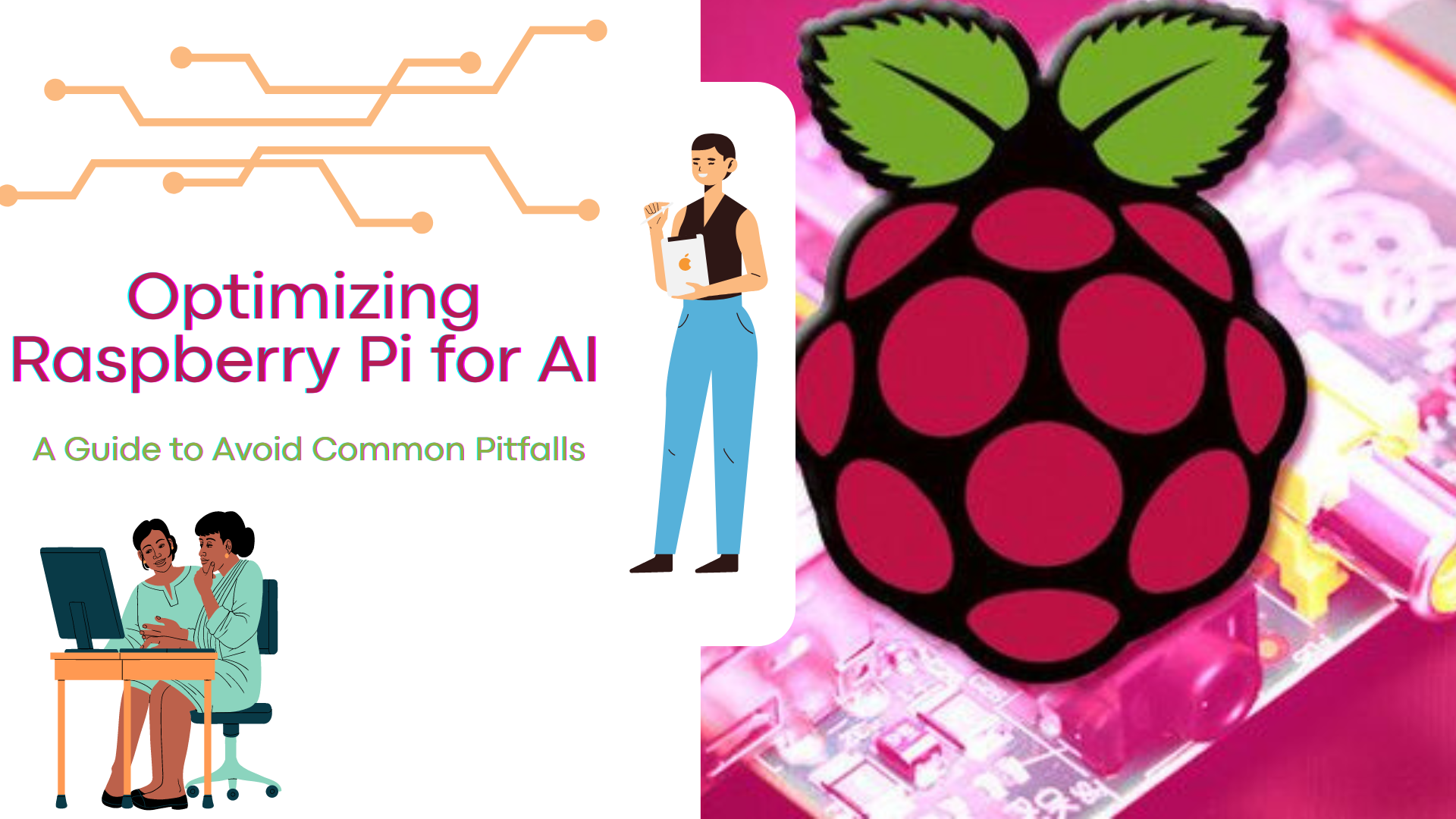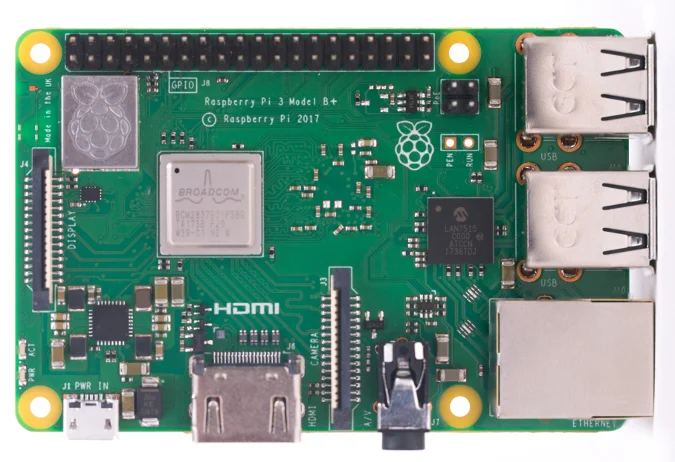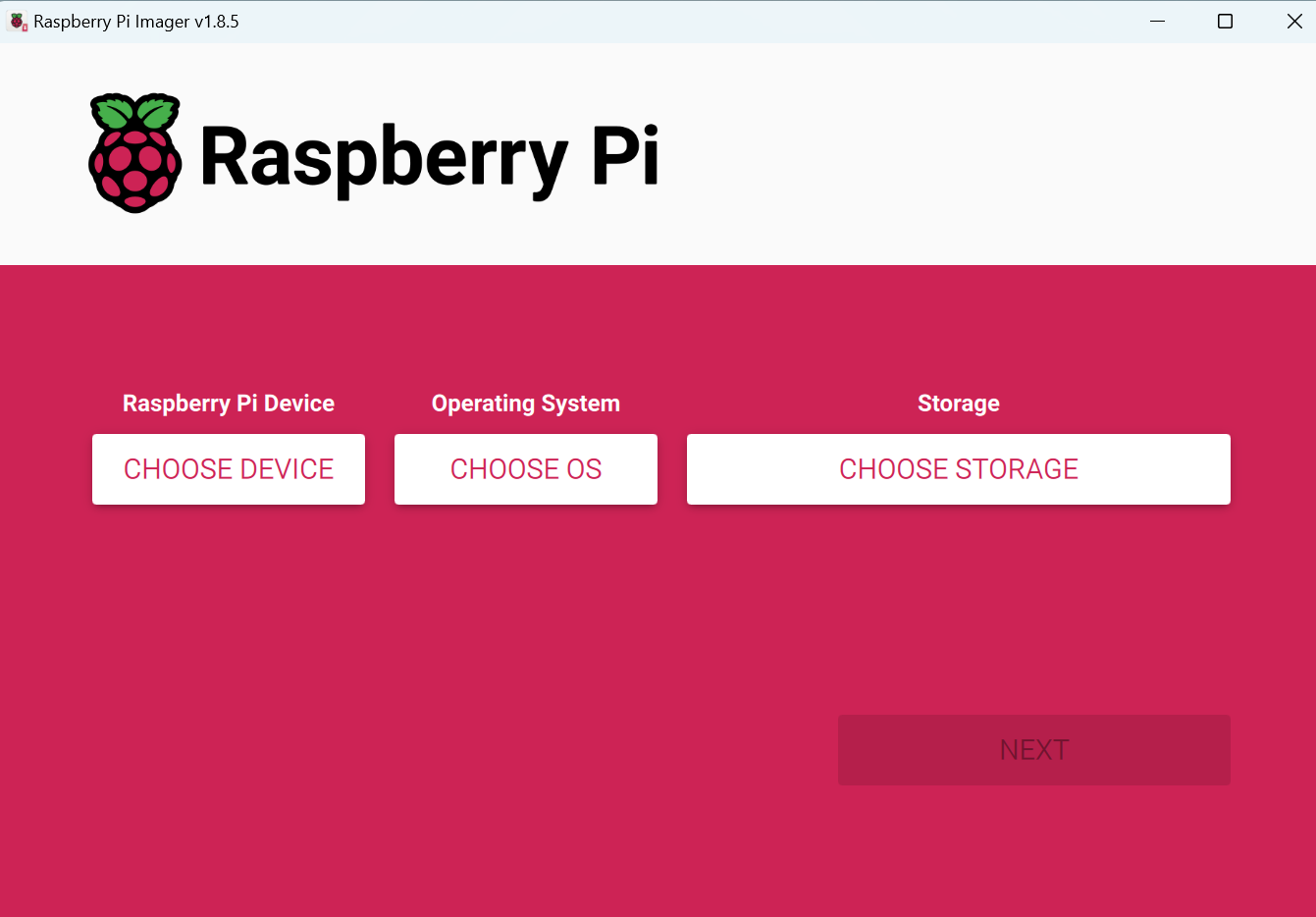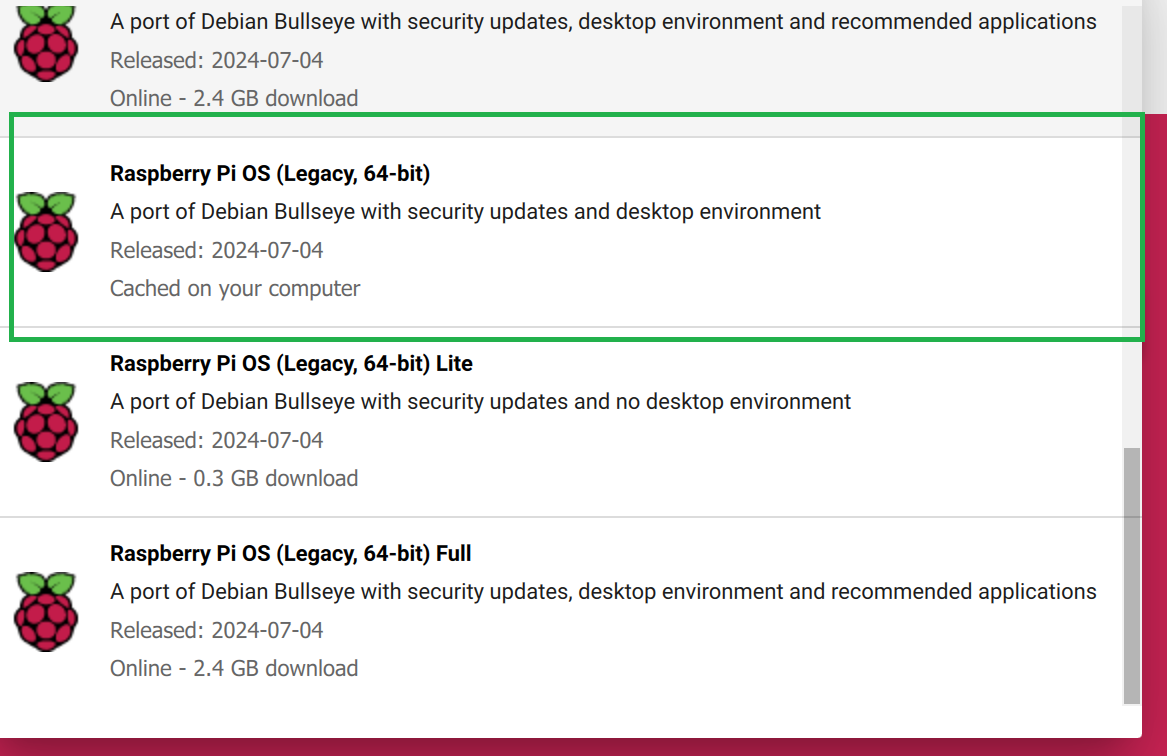Optimizing Raspberry Pi for AI: A Guide to Avoid Common Pitfalls
 Fatima Senouci
Fatima Senouci
What is a Raspberry Pi?
Before diving into the tips, let’s briefly define what a Raspberry Pi is.
Raspberry Pi is the name of a series of single-board computers made by the Raspberry Pi Foundation, a UK charity that aims to educate people in computing and create easier access to computing education. All over the world, people use the Raspberry Pi to learn programming skills, build hardware projects, do home automation, implement Kubernetes clusters and Edge computing, and even use them in industrial applications.
The Raspberry Pi is a computer that runs Linux, but it also provides a set of GPIO (general purpose input/output) pins, allowing you to control electronic components for physical computing and explore the Internet of Things (IoT).

Working on a Project with Raspberry Pi and AI Models? Here’s What You Need to Know
If you’re working on a project that requires using a Raspberry Pi and AI models, it’s important to follow some guidelines to save time and avoid unnecessary searching. Based on my experience, I’m sharing some tips that I’ve found helpful ,and I hope you will too!
Raspberry Pi Models Comparison
In my experience, I’ve used a few different models of the Raspberry Pi. Here’s a comparison between them:
Raspberry Pi Zero 2 W
CPU: 1GHz single-core
RAM: 512MB
Raspberry Pi 3B+
CPU: Broadcom BCM2837B0, Quad-core Cortex-A53 (ARMv8) 64-bit SoC @ 1.4GHz
RAM: 1GB LPDDR2 SDRAM
Raspberry Pi 4
CPU: Broadcom BCM2711, Quad-core Cortex-A72 (ARM v8) 64-bit SoC @ 1.5GHz
RAM: 1GB, 2GB, or 4GB LPDDR4-3200 SDRAM (depending on the model)
Recommended Raspberry Pi Version
For the best performance and library compatibility, I strongly recommend using the 4B version, 4GB RAM at a minimum. It offers stable data processing and better results compared to the other versions, so opt for the 4B or a higher model.
Operating System
As you know, you’ll need to install an operating system on your Raspberry Pi to get the best human-machine interface experience. There are several tools available for setting up the OS, including:
Raspberry Pi Imager :The official, standard imaging utility from the Pi Foundation
Etcher :An open-source flashing app with a simple interface
Win32 Disk Imager : Lightweight image writing tool for Windows
RPi-sd card Builder : Automated imaging for multiple Pi projects
ApplePi Baker :Made specifically for Mac users
Among these options, I’ve found that Raspberry Pi Imager is the best choice for writing images and ensuring a reliable OS installation. For optimal performance with Python, I recommend using Raspberry Pi OS, which is a Linux distribution specifically designed for the Raspberry Pi.
When it comes to AI Python libraries, the “Raspberry Pi OS Bullseye 64-bit” version offers the best compatibility and flexibility, this version comes with Python 3.9.
this setup has provided the best compatibility and flexibility for AI Python libraries than the newer “Bookworm” version. If you’re focusing on AI development, Bullseye is the way to go.
Install Raspberry Pi OS using Raspberry Pi Imager


Installing Libraries
After installing the OS, you might find yourself searching for the best versions of libraries like OpenCV, h5py, NumPy, and TensorFlow. Most libraries are easy to install and will work without any issues, but TensorFlow can be tricky. I tested many versions without success until I found the one that works with my OS: TensorFlow 2.10. This version is the most compatible, so I highly recommend it.
sudo apt install tensorflow==2.10.0
SD Card Storage
You should use at least a 16 GB SD card for your work. The OS itself doesn’t take up much space,around 3 GB maximum,but once you start installing libraries, you’ll need more space. The OS also requires regular updates.
sudo apt update
sudo apt upgrade
Final Tip: Where to Buy Your Raspberry Pi
Finally, I recommend buying your Raspberry Pi directly from the official store in the UK to get it at a lower price.
Thank you for reading! I hope I’ve covered the necessary steps you’ll need for your project.
Subscribe to my newsletter
Read articles from Fatima Senouci directly inside your inbox. Subscribe to the newsletter, and don't miss out.
Written by

Fatima Senouci
Fatima Senouci
Hello! I'm Fatima, a dedicated coder and military officer with a Master’s degree in Computer Science Engineering. My journey in tech is driven by a passion for problem-solving and innovation. Currently, I’m deepening my skills in web development, focusing on tools like Tailwind CSS and Alpine.js, all while participating in the #100DaysOfCode challenge.